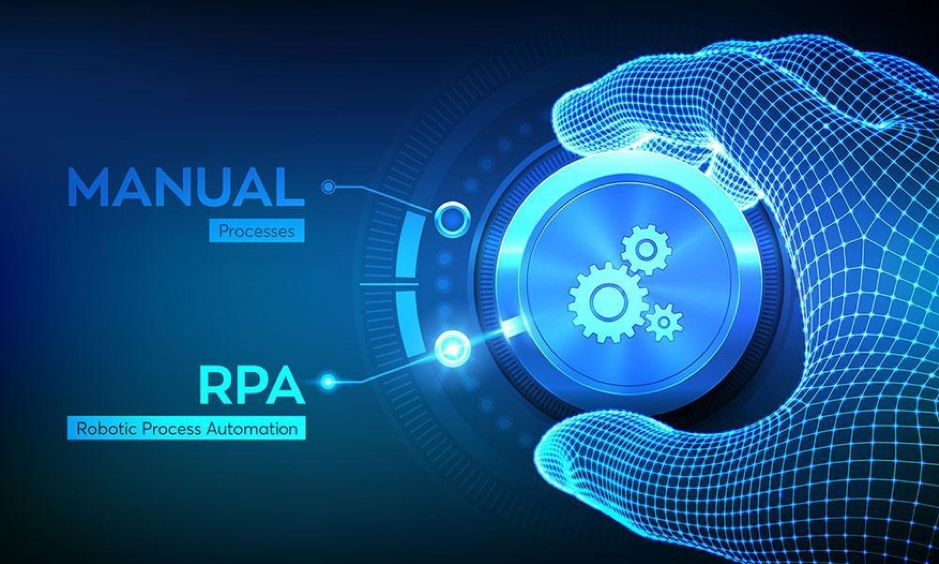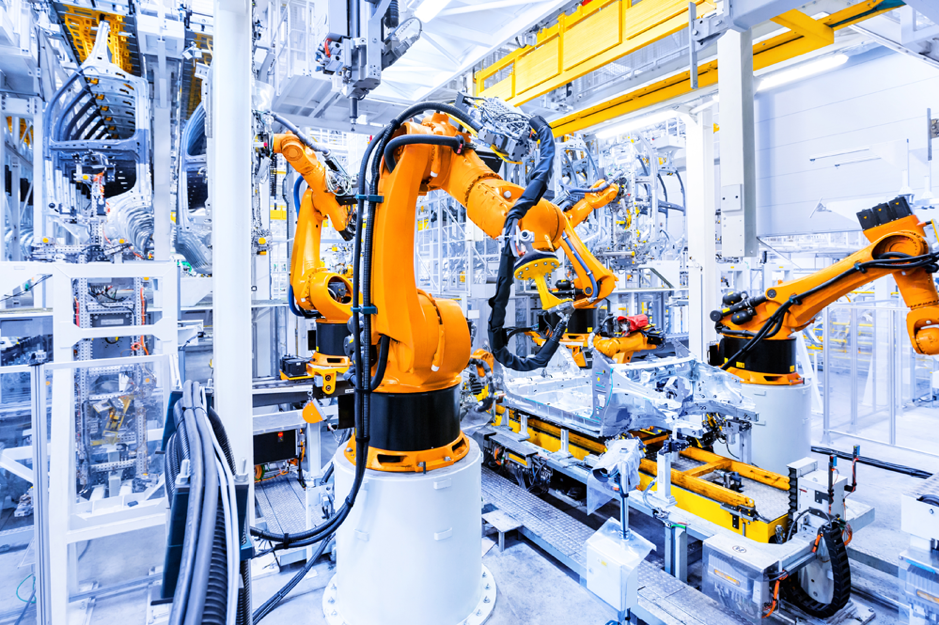Contents
We now find ourselves at the point of the information age where we witness shifts and trends in society on an everyday basis, with technology rapidly fueling economic growth in place of numerous conventional industries. And nowadays, technology advancements are so sophisticated; they can even replace specific routine manual processes.
Meet robotic process automation (RPA) as an integral part of the digital revolution. Robotic process automation is explained in the best way as a specifically-configured software designed to automate and complete tasks by reproducing certain activities typically completed by human operators.

As a rule, this automation process replaces various repetitive tasks, processing triaging of correspondences and data entry, amongst other types of operations. RPA is currently set to become the second most disruptive technology globally, right behind wireless technology and mobile internet.
According to Gartner’s latest forecast, the global robotic process automation software revenue is set to reach almost $2 billion in 2021, with an increase of 19.5% from 2020. RPA is so big right now that despite the economic pressures caused by the ongoing Covid-19 pandemic, the RPA market is expected to grow at double-digit rates through 2024.
Small to mid-sized companies and organizations have no shortage of manual, repetitive tasks, just begging to be automated. Now that robotic process automation benefits are increasingly acknowledged, companies of such capacities are tirelessly investigating how this automation process could be implemented and used in their field of work. RPA’s non-intrusive architecture and flexibility additionally reduce the barrier for entry for small and medium-sized organizations.
Read along to acknowledge the five ways in which robotic process automation can help small and mid-sized organizations reach a seismic boost to efficiency, productivity, and profitability.
Reduces Human Errors And Improves Customer Satisfaction
Perhaps the most evident advantage of RPA implementation within an organization is its accuracy in handling the everyday repetitive tasks, or more importantly, the save on costs of inaccuracy. Human errors cause businesses worldwide to lose billions of dollars each day, like when a simple typo caused the stock market to plunge 1,000 points and wipe out $1.1 trillion some ten years ago.
Software can’t get distracted, and therefore, it is ideally placed for repetitive tasks like data entry. It doesn’t matter how skilled an employee is to execute a specific task or how carefully this employee approaches it; mistakes with humans are inevitable.
Due to transcription or downright carelessness, the average standard for data entry mistakes in business operations ranges from two to six percent. These errors cost a lot of money to find and even more money to fix. RPA software is exceedingly accurate because RPA bots aren’t susceptible to many factors that result in human errors.
Additionally, keeping accurate records in systems like customer relationship management (CRM) systems will lower various customer complaints. Automated processing tasks like shipping rules to ensure that they’re aligned with the company’s policies, will also improve customer satisfaction.

Boosts Productivity
RPA software never takes vacations or sick leave; they are never late to work, moody, or known to enjoy extended lunch breaks. RPA bots work tirelessly, with the same level of accuracy and consistency every minute, and can work around the clock if there’s a need to.
Productivity gains due to RPA are genuine and very measurable. According to research conducted by ISG, RPA is assisting small and mid-sized organizations in reaching new productivity heights, executing processes five to ten times faster with an average of 37% fewer resources.

These productivity boosts and efficiency gains from automation are coming without a consequent loss of jobs, predominantly because RPA enables organizations to utilize their workforce far more effectively.
For example, keeping your employees’ focus on executing value-driven activities instead of repetitious manual tasks can improve overall business metrics. Employees should conduct more face to face sales meetings with clients and generate additional revenue, while post-meeting data processing should be left to the RPA software overnight.
Robotic Process Automation Software Is Scalable
The scalability of RPA software technology is a crucial and frequently overlooked benefit. Your automated, robotic workforce can be as big or as small as you need it to be, and new “robots” can be quickly deployed and at a minimal cost.
For the periods of maximum business activity, due to a new product launch or seasonal fluctuations, RPA software can manage the higher transaction volume; so you won’t need to hire and train impermanent staff. On the contrary, when business volume decreases, you can put the so-called robots on standby.
Robotic process automation can be persistent or a transitory addition to your existing workforce, allowing you to effortlessly scale up or down regarding changes in business activity.
Greatly Improves Analytics
With the improved data accuracy and quality, small and mid-sized organizations will also be able to analyze their performance more concisely thanks to improved analytics.
By combining robotic process automation with complementary business intelligence reporting systems, organizations can now slice and dice their performance metrics to provide relevant insights into company strengths, weaknesses, opportunities, and threats.
The installation of RPA requires little to no change to the current set-up and can interact with the existing underlying systems. So no costly investment will be needed for the IT infrastructure for the RPA solution. They can be combined with other automation tools to get the most out of their existing capabilities.
Promotes Agility
Organizations that can quickly pivot and adapt to varying markets and clients’ demands are those that enjoy long-lasting success. By funding the robotic process automation technology, you can establish an agile basis and possess the ability to scale up swiftly, scale down, grow your capacity, branch out, tackle new challenges, be lean, efficient, and able to focus your workforce on highly strategic efforts. Agile organizations are adaptable, flexible, and well balanced, and that’s exactly what this automation technology promotes, supports, and facilitates.
Final Thoughts On RPA
The market appeal of robotic process automation in the latter period appeals to organizations of all sizes, notably to ambitious small and mid-sized companies that perceive such modern-day solutions as the key to unlocking long-term success. As these organizations continue to accelerate their digital transformation efforts through RPA, the initiatives must remain in line with their goals, visions, and objectives while considering instilling adequate control levels. Implement RPA into your organization’s structure and set your company for success in the coming times.



